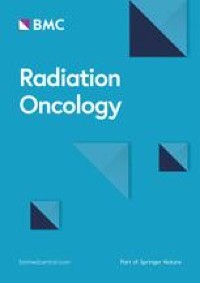We provide a comprehensive review on intra-articular (IA) non-steroidal anti-inflammatory drug (NSAID) injections for the treatment of osteoarthritis (OA). We found that single doses of IA NSAIDs provided far less total systemic and synovial exposure compared to a one week course of oral NSAIDs, but maximum concentrations to the synovium with IA administration were much higher. Further, single IA NSAID injections appeared to be safe and efficacious compared to courses of oral NSAIDs or single IA corticosteroids in either small animals, large animals or humans. Further research must be conducted, however, IA NSAIDs could be used as an alternative or adjunct therapy to treat OA related pain, especially for patients that are high risk for corticosteroid related adverse effects.
Abstract
What is known and Objective
Osteoarthritis (OA) is a common cause of joint disease and activity limitation in adults. Common therapies to treat OA-related pain are oral and topical non-steroidal anti-inflammatory drugs (NSAIDs) and intra-articular (IA) corticosteroids. However, prolonged courses of oral NSAIDs are associated with systemic adverse effects and repeat IA corticosteroid injections may cause cartilage degeneration. IA NSAIDs may be an alternative therapy possibly minimizing systemic side effects while maintaining efficacy. Therefore, we sought to summarize the pharmacokinetics, safety and efficacy of IA NSAIDs to help providers make a more informed decision on the use of IA NSAIDs.
Methods
We searched the National Library of Medicine Database with terms "intraarticular and nsaid", yielding 1032 results. Only traditional formulations of NSAIDs were considered for inclusion. Animal studies were included if animals were healthy or if the method of arthritis induction was a reasonable model of osteoarthritis. Human studies were included if humans were healthy or if the primary disease studied was osteoarthritis of a large joint. Of 1032 results, 31 research articles met the inclusion criteria and were summarized in this review.
Results and Discussion
We found that single doses of IA NSAIDs provided far less total systemic and synovial exposure compared to a one week course of oral NSAIDs, but maximum concentrations to the synovium with IA administration were much higher. IA NSAIDs had an excellent safety profile in small animals, large animals and humans, although these injections were associated with non-specific cartilage inflammation in healthy animals. In animal models, IA NSAIDs had similar efficacy to PO NSAIDs in treating OA-related pain. In humans, IA NSAIDs had similar efficacy to PO NSAIDS and IA corticosteroids in treating OA-related pain; however, many trials did not have a placebo control and outcome measures were heterogeneous.
What is new and Conclusion
Overall, single doses of IA NSAIDs appear safe and efficacious across animals and humans. The optimal use of IA NSAIDs is still to be determined and further research is needed. However IA NSAIDs may be an additional beneficial therapy to treat OA-related pain. Potential uses may be to augment IA corticosteroids injections, to interrupt multiple IA corticosteroid injections or as an alternative in patients that are high risk for corticosteroid-related adverse events.




